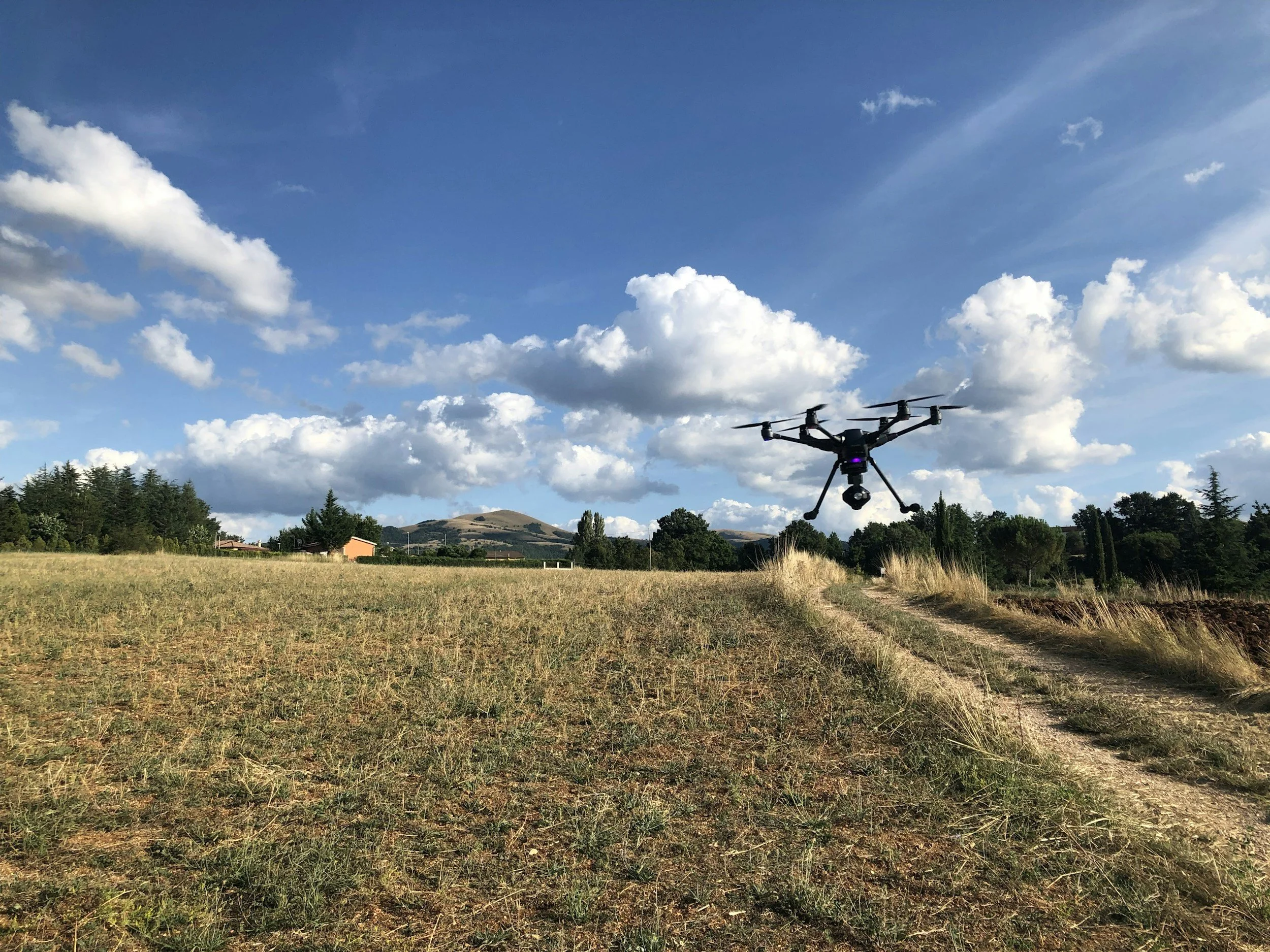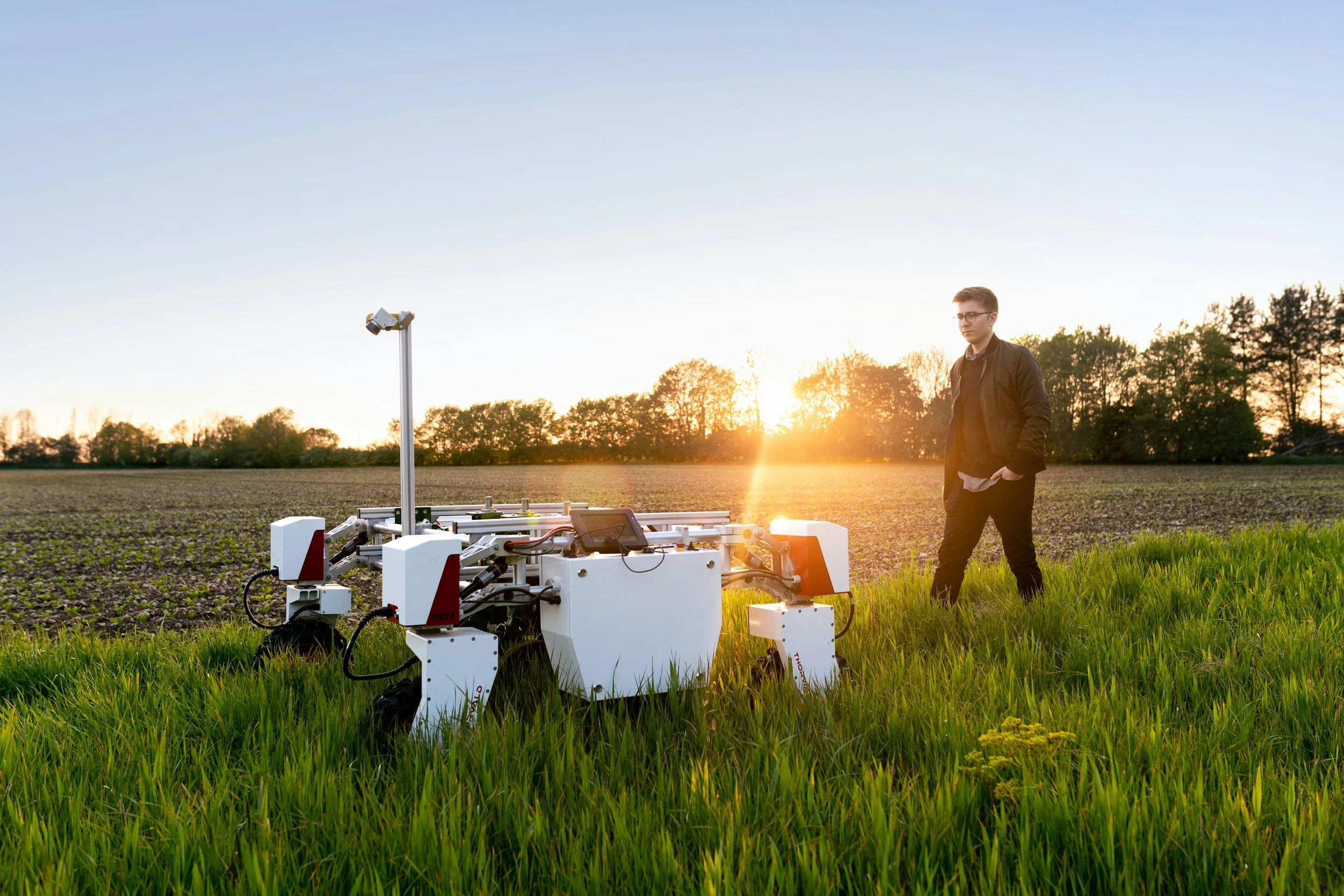Green Events Go Digital - How to Host Sustainable Virtual Conferences
/The shift towards sustainability has become increasingly important for businesses and communities alike. As part of this global movement, the concept of hosting events, particularly conferences, has seen a transformative shift towards digital platforms.
This shift aligns with the growing need for environmentally friendly solutions and offers a range of benefits, from increased accessibility to significant reductions in carbon footprints associated with travel and physical venues.
In this in-depth guide, we'll explore how you can host sustainable virtual conferences that not only captivate your audience but also contribute positively to our planet.
Understanding the Benefits of Virtual Conferences
Virtual conferences have surged in popularity, driven by necessity, yet embraced for their unexpected advantages.
These digital gatherings eliminate the need for physical travel, which is a significant source of carbon emissions globally. Additionally, they reduce the reliance on physical resources, such as paper for brochures and signage, and energy for lighting and heating large conference spaces.
Beyond the environmental benefits, virtual conferences can reach a wider audience, offering inclusivity for participants from across the globe who might not have been able to attend in person due to cost, time, or travel constraints.
Planning Your Sustainable Virtual Conference
The key to a successful virtual conference lies in meticulous planning and the right technological tools. Begin by selecting a platform that supports your event's size, features, and interactive capabilities.
There are tools that offer various functionalities to suit different needs, from webinars to breakout sessions. Ensure the platform is accessible to all potential attendees, considering various time zones and providing options for those with slower internet connections.
Integrating sustainable practices into the planning process, such as encouraging digital note-taking or utilizing energy-efficient software options, can further enhance the eco-friendliness of your event. It’s also crucial to communicate these sustainability tips to attendees beforehand, ensuring they are prepared to participate in an environmentally conscious manner.
Engaging Your Audience with Interactive Content
One of the key challenges of virtual conferences is maintaining audience engagement. Without the physical presence and the immediate feedback loop of in-person events, attendees might feel disconnected.
To combat this, organizers can leverage interactive content that captivates and holds the audience's attention. Polls, Q&A sessions, and live chats enable real-time interaction, making attendees feel more involved and valued.
Furthermore, breakout sessions in smaller groups can facilitate deeper discussions and networking opportunities, replicating the intimacy of face-to-face interactions. Utilizing platforms that support these features is crucial in creating a dynamic and participatory event environment.
Interactive content doesn't just enhance engagement; it also provides valuable data on attendee preferences and behaviors, which can be used to tailor future events. By analyzing which sessions had the highest participation or what questions were most frequently asked, organizers can refine their content and format to better meet their audience's needs.
Maximizing Sustainability with Digital Event Materials
Transitioning to virtual conferences significantly reduces the environmental impact associated with physical events, such as travel and material waste. However, there's still room to enhance the eco-friendliness of your event by considering how you distribute event materials. Instead of traditional paper-based programs, agendas, and flyers, opt for digital versions that can be easily accessed online.
This is where platforms like Issuu come into play, offering a seamless way to turn your digital documents into attractive, interactive Canva-designed flipbooks. Whether it's the event program, speaker bios, or informational brochures about your sustainability initiatives, Issuu can help you present this information in an engaging, eco-friendly format.
Attendees can flip through the documents online, reducing the need for printed materials and lowering your event's carbon footprint. Plus, the convenience of accessing these materials from any device, at any time, enhances the attendee experience, making your sustainable virtual conference not just green, but also incredibly user-friendly.
Incorporating these strategies into your virtual conference planning not only emphasizes your commitment to sustainability but also enriches the attendee experience. By fostering interaction and making conscious choices about event materials, you demonstrate that sustainability and innovation can go hand in hand, setting a new standard for eco-friendly events.
Promoting Sustainable Practices
Promoting your event is not just about reaching a wide audience; it's an opportunity to underscore the sustainable ethos of conducting it virtually. Digital marketing strategies, including social media, email campaigns, and your dedicated event website, serve as powerful tools to communicate the environmental advantages of a virtual setup. Highlight how this approach significantly cuts down on carbon emissions by eliminating the need for travel and reducing the production of physical materials typically associated with conferences.
In your promotional content, inspire participants to further reduce their environmental impact by attending the conference from shared spaces, such as co-working environments or community centers, where it's safe and practical to do so. This fosters a sense of community among attendees and contributes to a collective reduction in energy consumption.
You can also provide tips on how to create an eco-friendly workspace at home, like using natural lighting and energy-efficient devices, to encourage a more sustainable approach to participation.
Leveraging your event's promotional phase to educate and inspire attendees about sustainability practices reinforces the green credentials of your brand and makes a compelling case for the benefits of virtual conferences beyond convenience and accessibility.
Making the Most of Content
The essence of your virtual conference lies in its content, which should be as engaging and impactful as it is sustainable. Curating topics and selecting speakers who are not only leaders in their fields but also advocates for environmental responsibility can add depth to your event, drawing a connection between industry-specific discussions and the broader theme of sustainability. This approach enriches your conference's content and aligns with the values of an increasingly eco-conscious audience.
Recording sessions for on-demand access serves multiple sustainability goals. It extends the life of your content, allowing it to educate and inspire long after the live event has concluded, and it provides flexibility for attendees across different time zones, ensuring that everyone has the opportunity to engage with the material in a way that fits their schedule.
This practice also aligns with the principles of sustainability by making the most of the resources invested in producing the event content, as it avoids the need for additional resources or repeat sessions.
Furthermore, consider incorporating sessions that directly address how attendees can implement sustainable practices within their own industries or daily lives. Workshops or panels dedicated to eco-friendly innovations, case studies of successful green initiatives, and discussions on overcoming challenges related to sustainability can provide practical takeaways for participants, ensuring that the content of your virtual conference informs and empowers attendees to make a difference.
By focusing on sustainability in both the promotion and content of your virtual conference, you can create an event that delivers value to participants and contributes positively to environmental well-being.
Hosting a sustainable virtual conference requires careful planning, a commitment to engagement, and the effective use of digital tools. By embracing the virtual format, you're offering a rich, inclusive experience for participants and contributing to a more sustainable future.
The goal is to create an event that resonates with attendees long after it concludes, inspiring them to take action or rethink their approach to sustainability.
As we continue to navigate the possibilities of digital spaces, virtual conferences stand out as a powerful platform for fostering community, sharing knowledge, and driving environmental stewardship forward.
About the Author:
Jacob Robinson is a freelance business writer with over 5 years of experience. Born in Nottingham, United Kingdom, Jacob specialises in writing about the lifestyle and fashion industry, and takes his interest from his time at Manchester University studying journalism.











































(all images by Techni Waterjet)
In recent years, sustainability has become a top priority for industries worldwide. As the global push for greener practices grows stronger, manufacturers are seeking innovative ways to reduce their environmental impact. Waterjet cutting, a precision cutting technique, has emerged as an environmentally-friendly alternative to traditional methods such as laser and plasma cutting. By harnessing the power of water, waterjet cutting not only offers exceptional accuracy but also contributes to a cleaner, more sustainable manufacturing process.